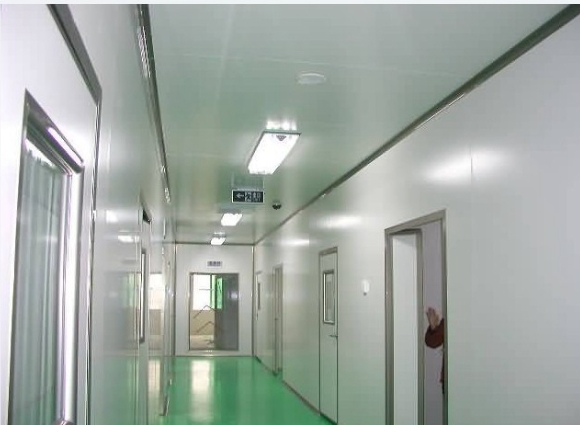Specialized Cleaning Process
Proper cleaning is crucial for maintaining the integrity of clean work clothes. Standard washing methods can actually contaminate these specialized garments.

Critical Cleaning Requirements
- All processes must occur in A CleanRoom with higher cleanliness than the work environment
- Water must be filtered; solvents distilled and filtered with 0.2μm membrane
- Initial wash with clean water to remove water-soluble contaminants
- Final wash with distilled solvent to remove oily residues
- Antistatic agents can be used in final rinse if dust-free
- Clothing with buckles must be washed in buckled state
- Drying in dedicated Clean air circulation system
Washing Temperature Guide
| Material | Temperature Range | Maximum |
|---|---|---|
| Polyester | 60-70°C | 70°C |
| Nylon | 50-55°C | 60°C |
Packaging Requirements
After drying, garments must be:
- Folded in a dedicated Clean Room
- Packaged in clean polyester or nylon bags
- Double-layer packaging or vacuum sealing as required
- Packaging materials must have antistatic properties
Pre-Cleaning Inspection
Before washing, garments must be inspected for:
Defective items must be repaired, replaced, or scrapped before cleaning.
Performance Testing Methods
Purification Performance Testing
ASTM-F-51 Method (Microscope)
Air passed through test clothes captures particles on filter membrane. Particles counted under 400x microscope.
Air volume: 28L/min
ASTM-F-51 Revised (Counting)
Sample placed on stand with metal mesh. Particle counter measures dust particles after contact suction.
Air volume: 28L/min
Helmke Drum Test
Sample placed in rotating drum (43cm×33cm) with internal blades. Particles measured with counter.
Rotation: 10 rpm
Vibration Method
Sample vibrated in chamber, particles measured with counter. Larger particles captured on filter.
Vibration: 150/min
Standard References: JIS-B-9923 (Japan), IES Standard RP-CC-003-87-T (USA), ISO/TC209 (International)

Antistatic Performance Testing
Based on GB/T12703-91 "Test Methods for Electrostatics of Textiles". Critical for microelectronics industries.
AFriction Charging Voltage Method
Sample rubbed with standard cloth (nylon/polypropylene) on rotating drum at 400rpm. Measures maximum voltage generated within 1 minute.
BCharge Surface Density Method
Sample rubbed with nylon standard cloth under specific conditions to evaluate charge distribution across the surface area.
Key Considerations
Professional Cleaning
Essential for maintaining garment integrity and cleanliness standards
Regular Testing
Critical to ensure ongoing performance of dust-free and antistatic properties
Proper Handling
Inspection, packaging and storage are as important as the cleaning process
Clean work clothes require specialized handling throughout their lifecycle to maintain the stringent requirements of sensitive manufacturing and research environments. Proper cleaning, testing and handling procedures are essential for contamination control.
Based on industry standards: ASTM F-51, JIS-B-9923, IES RP-CC-003-87-T, and GB/T12703-91
 +86 18186671616
+86 18186671616 Jason@cleanroomequips.com
Jason@cleanroomequips.com
 MENU
MENU



